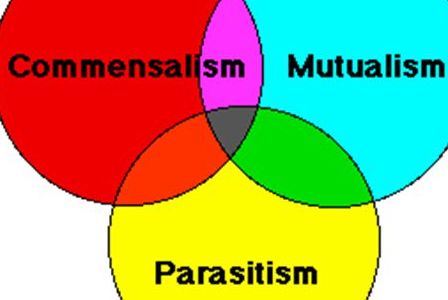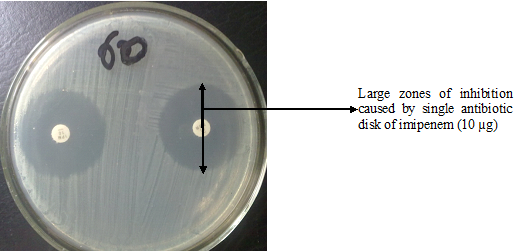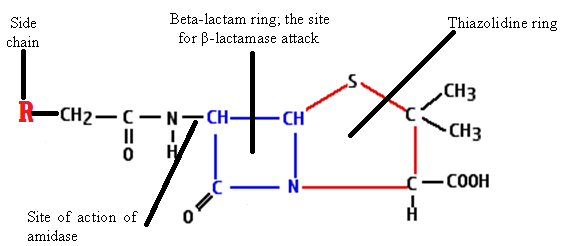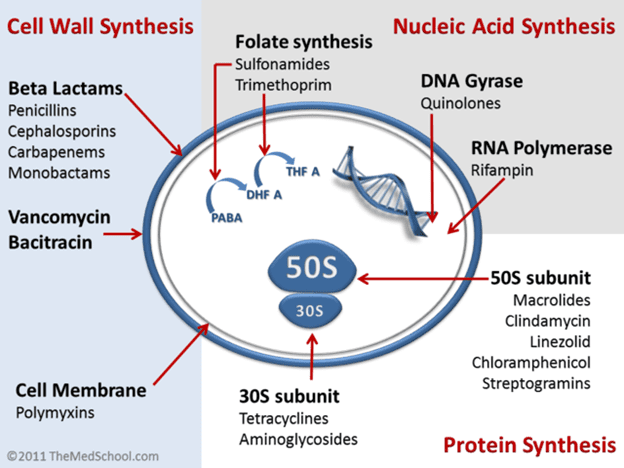MICROBIAL DISEASES TRANSMISSIBLE THROUGH THE SOIL
Microorganisms are ubiquitous and are thus found everywhere including the soil. The soil no doubt is inundated with a wide variety of microorganisms including those that are pathogenic to humans, plants and animals and even microbes that are of immense industrial and economic importance to mankind and his environment. For example, the first commercial antibiotic […]
MICROBIAL DISEASES TRANSMISSIBLE THROUGH THE SOIL Read More »
Environmental & Soil Microbiology









